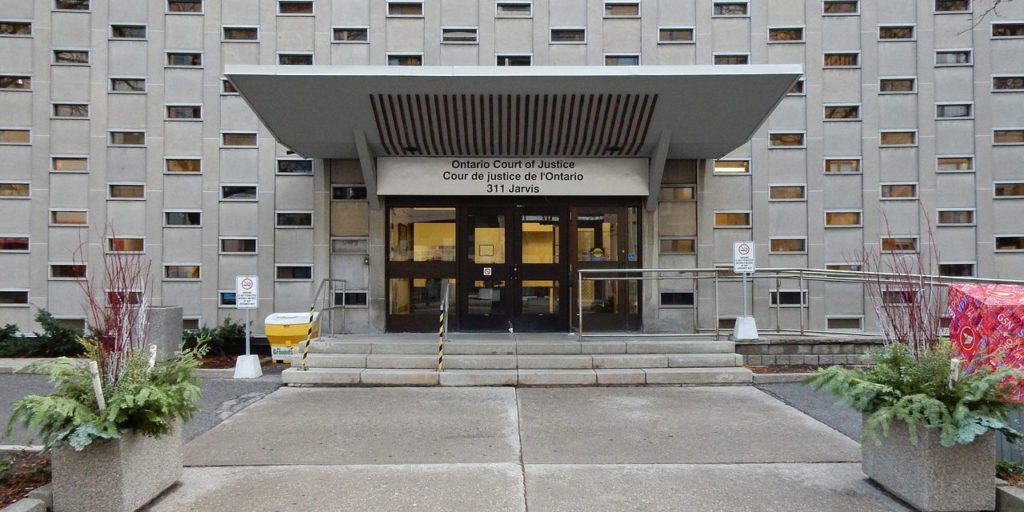- Care needed when using ethanol-fuelled firepots: McLeish - October 5, 2019
- Government changes to auto insurance need to go further, says McLeish - April 5, 2019
- Brokers have duty to inform clients of insurance options - January 5, 2019
Toronto critical injury lawyer John McLeish says he’s cautiously optimistic a pilot scheduling project could improve crippling delays in the civil justice system.
The Toronto Sittings Project aims to cut delays in scheduling by switching all two- or three-week personal injury jury cases to month-long sittings.
Rather than receiving fixed dates for trials, personal injury lawyers could get a call at any point in the four-week sittings, which occur twice annually; in June and November.
‘Well-intentioned’
“It’s well-intentioned, but the jury is still out on whether it’s going to work,” McLeish, a partner with McLeish Orlando LLP, says. “There are a number of very experienced people who have put a great deal of thought into this, so I’m cautiously optimistic that it will have an impact.”
“Only time will tell, and it may require some tweaking, but I know that the judges and court administrative staff involved will do their very best to make it successful,” he adds.
McLeish says something needs to happen to ease the “significant delays” in the process. Plaintiffs in Toronto can be forced to wait years for trials, putting pressure on them to settle cases for less than they are worth.
‘Very frustrating’
“By the time you get to trial, all the medical reports are stale and need to be updated. Accounting reports also need to be updated. It is expensive and very frustrating,” McLeish says.
Personal injury cases expected to take two to three weeks of trial time were targeted for the pilot project because they are some of the most likely to settle in the lead up to trial. Medical malpractice trials were exempted, due to the fact that they settle less often.
The new four-week sittings will allow the court to schedule more trials than the current week-to-week system, and allow the court administrative system to better handle a collapsing list as cases settle on the eve of trial. Using historic settlement rates, the designers of the sitting project hope to get to all scheduled cases at some point during the sitting period.
McLeish says the high settlement rate just before a trial is scheduled to start has always made trial scheduling a guessing game.
“If you’ve got 10 cases ready to go on a Monday, you can predict that eight will settle, so you need two judges. But if only seven settle, and you’ve still got two judges that’s a problem. If all 10 settle, that’s the real problem. You’ve got two judges who were scheduled to be on trial for several weeks, potentially sitting on their hands. Their schedules have to be quickly rearranged,” he says. “It’s a very difficult task that can’t simply be solved by adding more judges and more courtrooms, although that would be useful too.”

